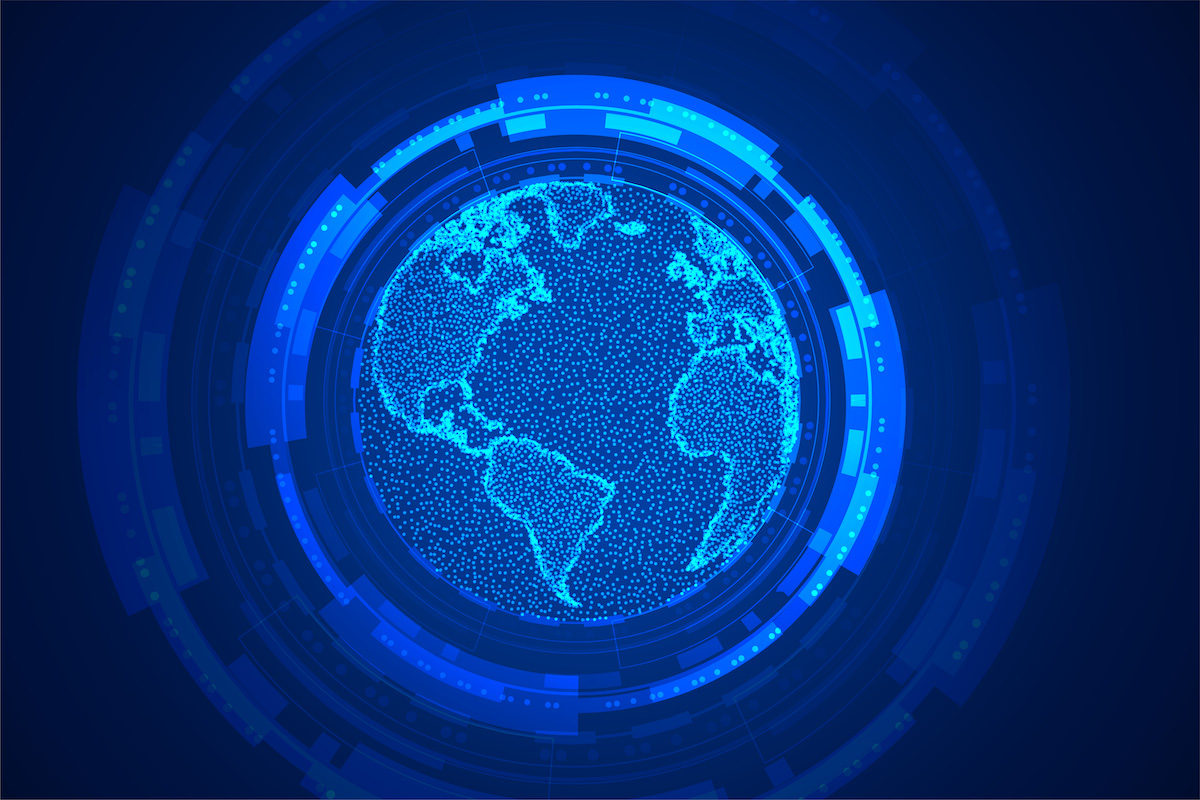IoT and IIoT are not a fad; these technology environments are here to stay
With the passing of each day, the term “the Internet of Things” and its acronym, IoT, are becoming more and more prevalent in the vernacular of technology and non-technology professionals. Although the term was coined in 1999, its definition is still being defined and ultimately expanded due to its power to change our lives.
IoT
IoT definitions vary slightly from source to source. An article in Business Insider gives the general gist of IoT: “a network of internet-connected objects able to collect and exchange data using embedded sensors.” One of the driving principles is that devices are better at collecting and sharing data than humans.
With the advent of relatively inexpensive sensors and wireless networks, practically almost anything can become a part of the IoT world. TechTarget’s definition of an IoT device is “nonstandard computing devices that connect wirelessly to a network and have the ability to transmit data.” Examples of where sensors can be embedded to enable an object to become a part of the IoT realm range from a simple toy like a teddy bear to a life- enhancing pacemaker and from an ordinary home thermostat to mission critical pumps in a pipeline.
While there may be some ambiguity in the definition of IoT, there is no uncertainty in the fact it is a new way of using data and systems to conduct business that is being adopted by organizations around the world. Statista reports the number of connected IoT devices will increase from 23.14 billion in 2018 to 30.73 billion in 2020, and then jump to more than 75.44 billion in 2025. For reference, there were 15.41 billion connected devices in 2015.
Organizations need to be flexible and adapt to keep up in this fast-paced world, where the trend is to inter-connect everything via IoT – databases, mobile devices, servers, systems, sensors, etc. This also means that business and technical needs are requiring organizations to conduct mission critical operations away from their central locations.
IIoT
IoT’s reach can be found in a wide-range of industries. This new way of doing business is especially strong in manufacturing, which led all sectors with an 84-percent increase in new IoT connections from 2016 to 2017 according to a Verizon IoT report in 2017. Because of the growing prevalence and potential benefits in manufacturing, there is a spinoff term for this sector: The Industrial Internet of Things (IIoT). The major difference is that IoT encompasses both consumer and industrial-level devices, and IIoT is primarily industrial.
IIoT incorporates the areas of big data, machine-to- machine (M2M) communication, collection and use of sensor data, and aspects of artificial intelligence (AI), which includes machine learning (ML). IIoT is also driven by the philosophy that machines are a better option to consistently and accurately capture and communicate data. One use case for the manufacturing sector is IIoT allows companies to detect production problems quicker, allowing them to improve their processes. Find out why Smart Sensors become Increasingly Important in the Industrial IoT Age.
Overall, businesses that embrace IIoT will see a number of benefits in the areas safety, efficiency, and profitability. These insights can help drive smarter, faster business decisions for industrial companies. Another unintended positive impact effect is that some are discovering they had not tapped fully into their in-house computing resource capabilities prior to embracing IIoT.
It is true that many industrial companies have had devices and machines that shared data for years, but they have mostly been closed systems. However, since IIoT (as well as IoT) expands the network infrastructure because it uses the Internet Protocol, which allows the use of a system and standards of universal connectivity over the Internet regardless of the device. Instead of just a few systems being connected, and entire manufacturing plant or network of plants can be connected.
Conclusion
The potential impacts of IoT and IIoT are limitless, and the technologies involved will continue to evolve. It is essential that each organization understand the IoT environment that it operates in and chooses the right solutions to power its technology infrastructure. This is especially true when it comes to database technology. After all, the massive amounts of data need to be stored and managed somewhere, regardless if it is in the cloud or on the edge.
Originally this article was published here.



